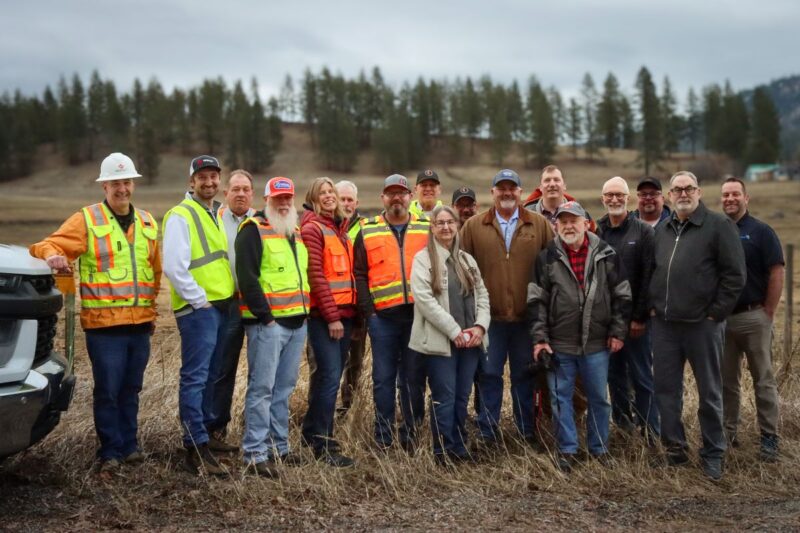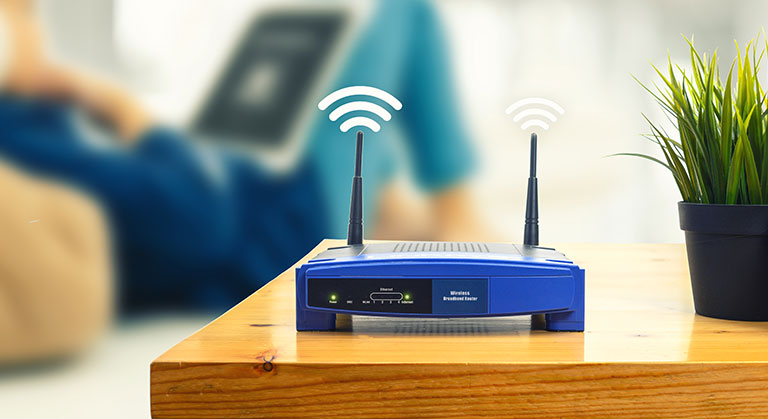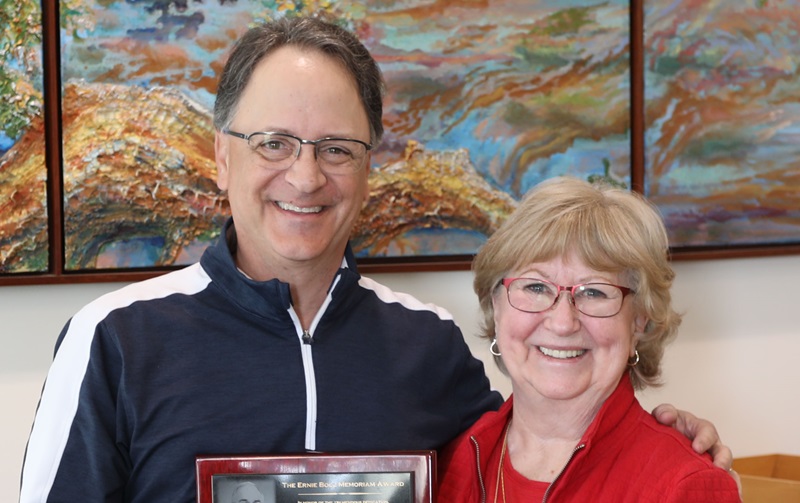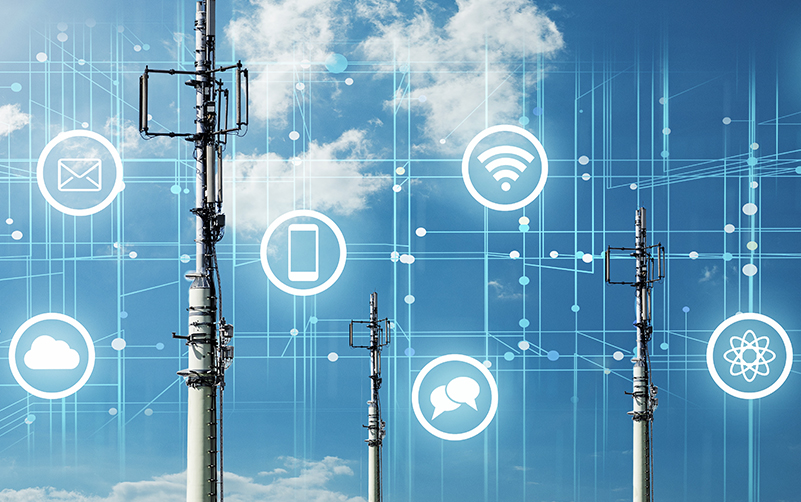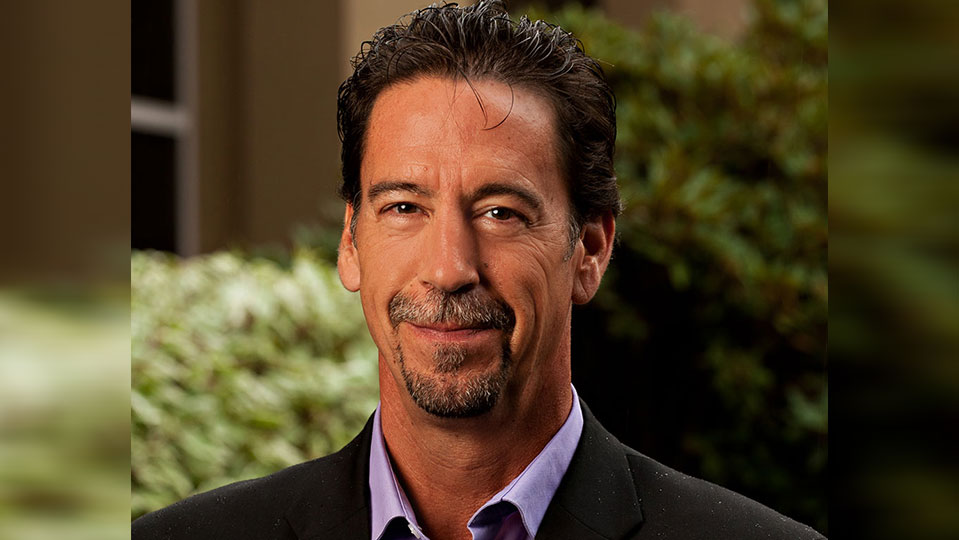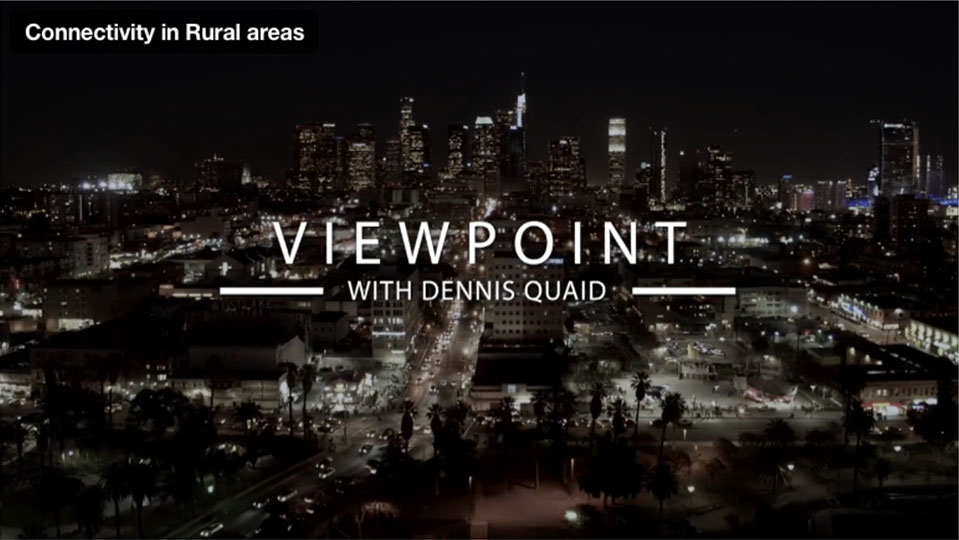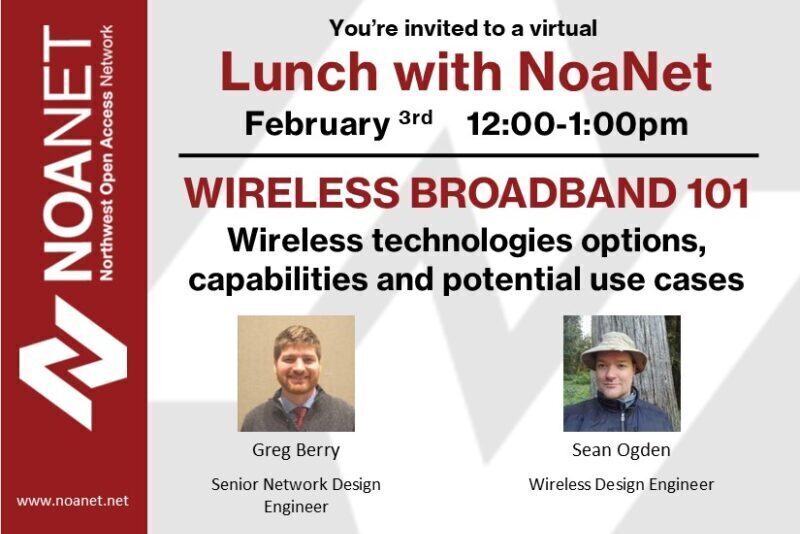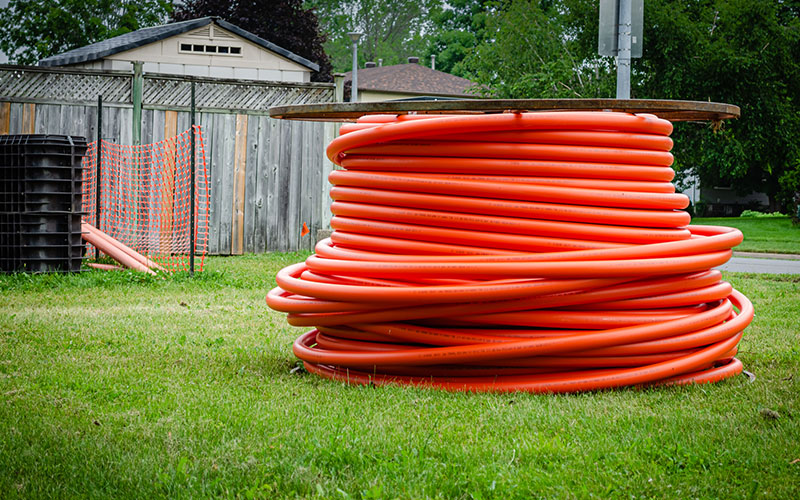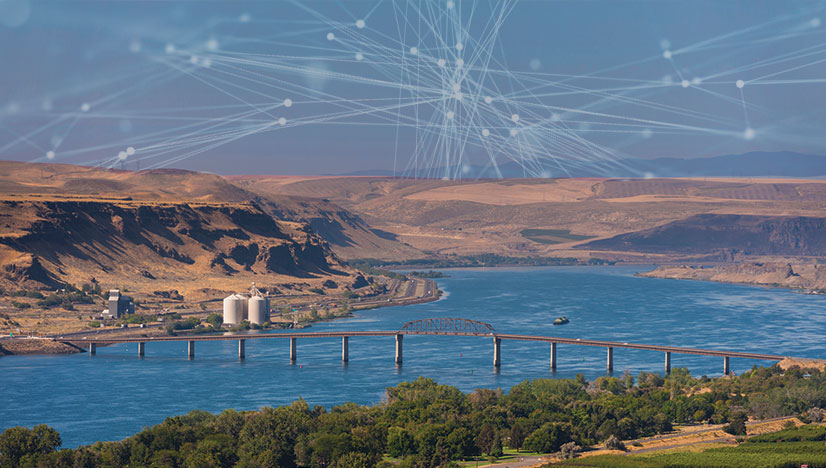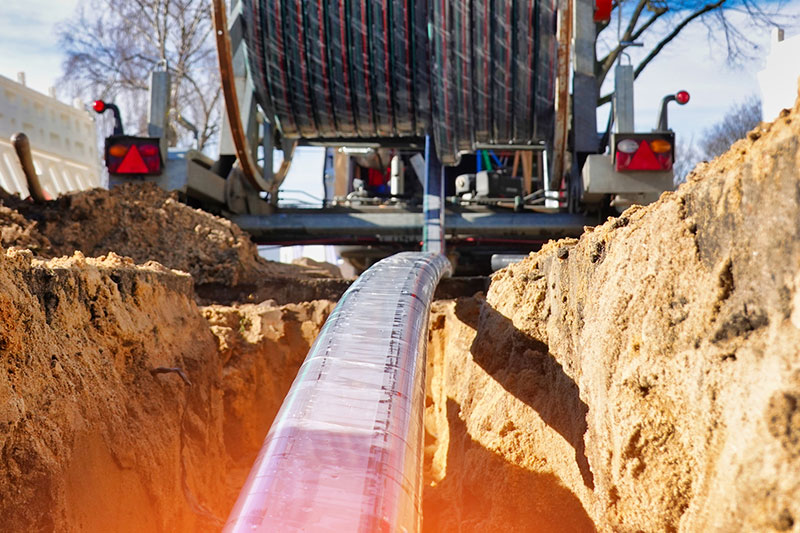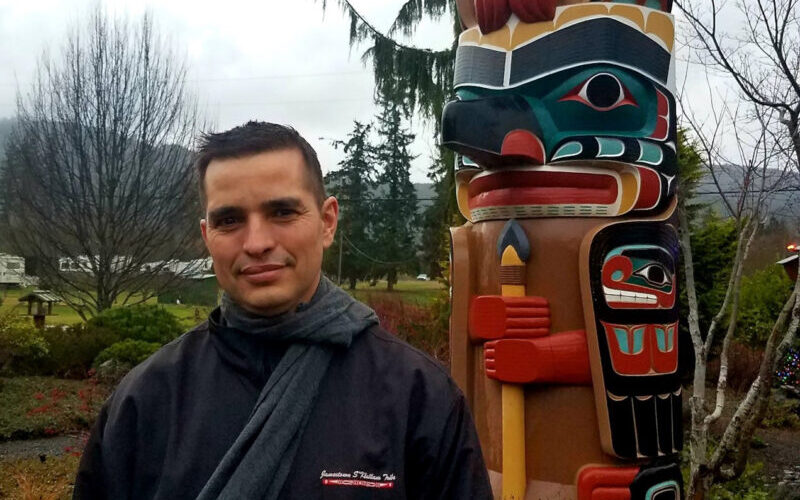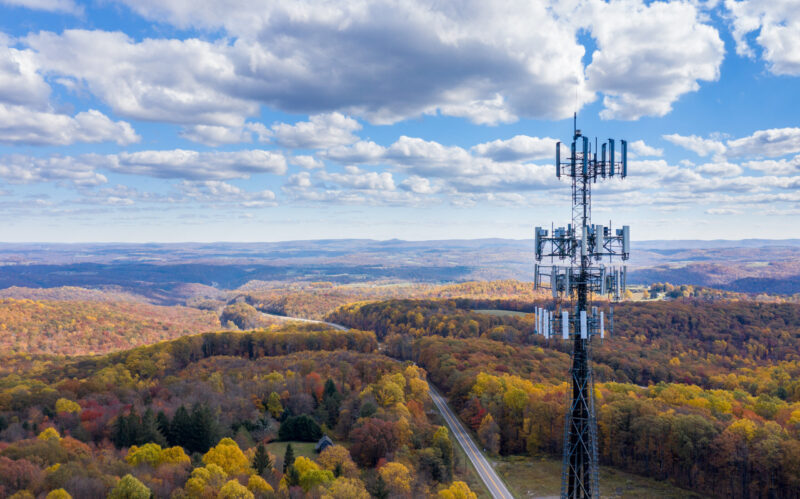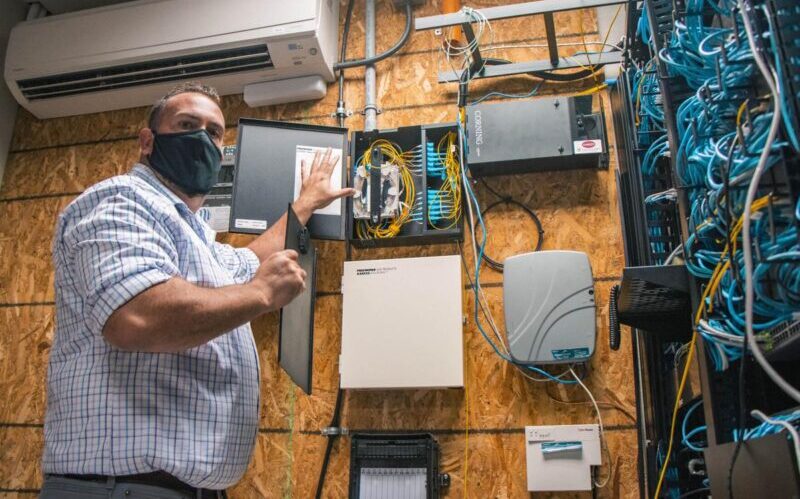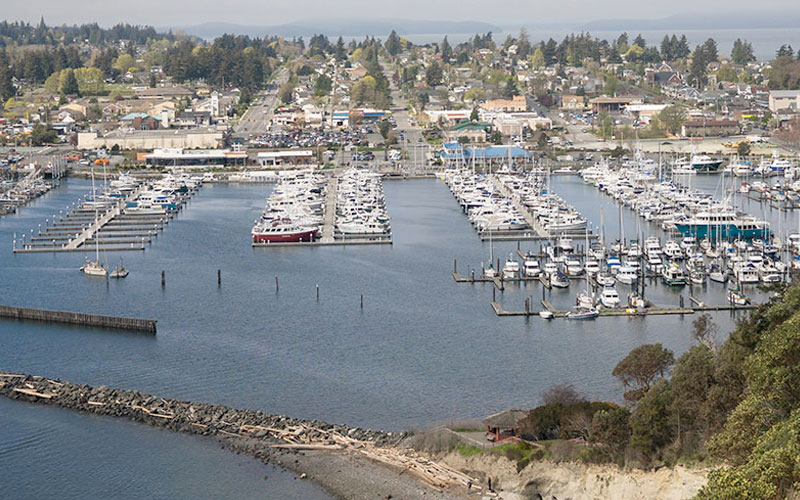Washington State is on track to receive close to $1.23 billion in Broadband Equity Access and Deployment (BEAD) funding. For those just grasping the impact of the 2021 infrastructure bill, BEAD funds are providing states with a once-in-a-generation chance to infuse billions of dollars into connecting the most remote parts of our country. BEAD stands to fund massive buildouts by telecom organizations, ports, public utility districts (PUDs) and other public/private partnerships.
Where are we now with BEAD?
The Washington State Broadband Office (WSBO) submitted its draft BEAD plan in late Dec. to the NTIA, which has been accepted. The state is wrapping up the challenge process and finalizing project areas currently, with anticipated final project areas and BSLs determined in early August.
This challenge process allowed eligible challengers (local governments, nonprofits, tribal governments, and ISPs) to increase the accuracy of the WSBO’s Broadband Service Location (BSL) map to bring broadband internet to those across the state who haven’t had access in the past. Only locations identified as unserved or underserved will be eligible for BEAD funding, underscoring the need for a thorough challenge process to leave no community behind.
Project areas are being defined within county borders, with the aim to have approximately 1000 BSLs per project area. Washington State is expected to have more than 300 project areas open for applications.

What happens next?
- Sept- Dec. First-round grant applications, grant proposals and draft awards take place for eligible broadband projects. Each application round has a 60-day window, and within these applications are a broad swath of information that must be addressed: everything from grant-writing and funding sources, business planning, engineering design plans—stamped and ready, construction management, to network operation plans, and so much more. To ensure all of these requirements are fulfilled, partnering with experienced broadband professionals is vital. Learn how NoaNet can help.
- March 2025 it’s anticipated the NTIA will issue its final proposal approval, with the final approval from NTIA anticipated mid-2025.
How are state lawmakers supporting BEAD?
To assist broadband project owners to effectively access and use the federal dollars, state budget writers also appropriated $1.5 million in one-time state funding to provide technical assistance to BEAD grantees. Legislators have already allocated $50 million for public and tribal entities to utilize as the 25% match required by BEAD, and have indicated their intent to make an additional $250 million more matching funds available in the 2025-2027 biennium.
Is your prospective BEAD project shovel-ready?
At NoaNet, we help organizations, tribes, and municipalities to reflect on some basic questions in determining their broadband project readiness. Within each of these are many more questions to drill into the details necessary to submit a strong application:
- Can you prove that there is a need for broadband investment?
- Can you prove your community supports the effort?
- Do you know what infrastructure needs to be deployed, and how much it will cost?
- Do you know what the ongoing operations and maintenance costs associated with the network will be?
- Who will manage the ongoing operations of your network once built?
- Who will be providing services over the network to your community?
Make sure your project and applicant team satisfy program eligibility, performance, and governance requirements; demonstrate capabilities that outline the technical, financial, and organizational capabilities; and present a detailed proposal that illustrates the project’s scope, cost, and schedule, showing these areas can be completed within the parameters of the funding program.
The time to button up your project proposal is now! If you need us, NoaNet is here to help.
NoaNet is a non-profit public broadband organization owned by public utilities that has been serving our region since 2000. NoaNet operates with a mission to enhance broadband access and services in Washington State and the Pacific Northwest. Our primary focus is on supporting the development of broadband infrastructure and programs to bridge the digital divide and bring the advantages of advanced connectivity to rural communities throughout the region.


